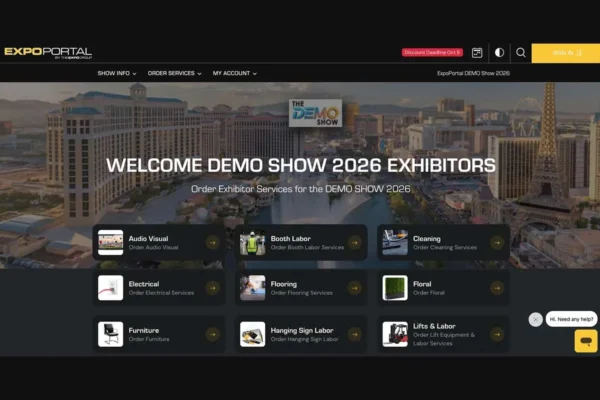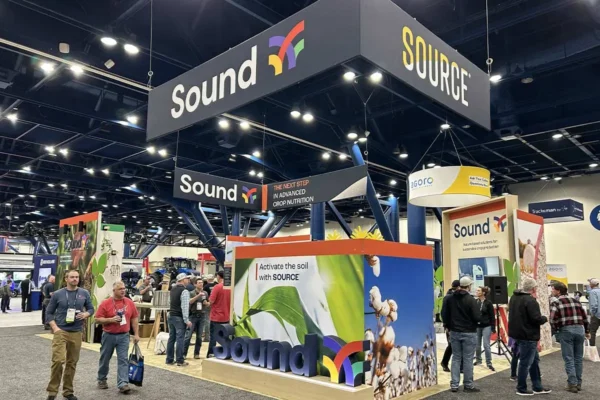Choosing the ideal exhibition venue requires thought about what is most valuable. Whether the choice is between saving money or superior service, selecting a non-union or a union venue can mean sacrificing one or more important elements needed for a smooth show.

The basics of convention-going demand a firm grasp on knowing the needs of the exhibitors. The size of the tradeshow is often directly proportionate to the financial requirements of promotion, which can make productive marketing a priority.
A smaller show with a more controlled budget may consider the do-it-yourself approach to be more efficient. This is where the non-union venue comes in. The non-union location can offer the exhibitor an opportunity to control the development of the booth every stage without time-consuming, profit-eating union obligations.
Mark Cramer, show owner/management of the Rocky Mountain Audio Video Expo (RMAVX) in Denver believes saving money is the biggest advantage to using a non-union facility.
“The exhibitors know that their costs can be tracked,” said Cramer. “They’ll know what they’ll be spending for the booth and if they are not hiring labor, they’ve got total control over the cost.”
On the other hand, the larger a tradeshow is, the more precision may be necessary for installation. This demands experience that is offered by unionized services that are not readily available in a non-union outfit.
“If it is a heavy-equipment show where you need assistance on-site in moving large equipment or displays, that is where the unionized site is beneficial to the exhibitor,” said Cramer. “For the most part, the guys that are union know what they’re doing. They’ve been through it before. So any costs that are there, instead of bringing your own people, which you can’t do at a union facility, you know they are going to do it well and do it right.”
Cramer said RMAVX is a regional show, and therefore, maintains many mom-and-pop outfits whose marketing dollars are limited and are not as sophisticated as exhibitors doing national shows. He considers the use of non-union venues off-putting.
“I think it’s a negative,” he said. “These union guys are doing it all the time, and I’ve had pretty tough situations where we’ve gone into cities where there is no union and people are sent out to work that just don’t have a clue. Usually, when using union guys, you can talk to a decorator and ask how much time they need to set up a show and they’ll be able to estimate it correctly.”
Lew Shomer, executive director for The Society of Independent Show Organizers (SISO), concurs that price and control are major issues in the decision process, but that much of the responsibility for whether the venue is beneficial lies with the general contractor who provides the labor.
“Those are very big factors from an organizer’s point of view,” said Shomer. “Don’t forget the organizer usually contracts through the general service contractor, and in many cases where the contractor is not bound by having to have union personnel, they will bring in people at a different cost than those that they could get if they were in a union venue.”
Shomer said the general service contractors are looked upon as controlling the performance, training and general guidance of the labor sent out by organizers. If the general contractor is using non-union location, then sending out inexpensive labor with less training and experience is an all-too-real possibility.
“Where unions are inclined to be more expensive is that union regulations for some jobs will require a supervisor and one, two, or three people,” said Shomer. “In a non-union shop, the general service contractor doesn’t have the requirements of personnel that they don’t think they need. That becomes a cost and control issue. If you’re paying $70 an hour, you want somebody that understands the venue and who understands your show.”
Steve Peñafiel, who is marketing and sales manager at a company that exhibits several times throughout the year, has worked for the company for six of its seven-year history and finds union venues financially cumbersome. He said service is not as big an issue to a small company that is looking to maintain a budget, and he would rather avoid the bureaucracy of union regulations.
“Exhibiting at a union venue can often mean paying an arm and a leg,” said Peñafiel. “Often the regulations prevent even just taking something small in and out of your booth like a chair, and then you are charged for the service of performing that task.”
There isn’t necessarily a greater array of services in a union facility either according to Peñafiel. “Union venues list vendors for you so they make it convenient, but if I prefer to find my own vendors,” he said. “They have suggested vendors that they work with every year and you have to use those vendors.”
On the upside, he believes the union facility to be a plus in conserving time because things are cleaned up efficiently at the end of a show. Peñafiel said international shows are vastly different in that most shows are quicker, and though most countries are different, there are few if any unions to complicate the process.
To union or not to union is the cliché question. Being aware of what your tradeshow and exhibitors require of a facility and its services, as well as little advance deliberation about vendors, manpower, furniture rentals or the vast majority of other tradeshow inevitabilities, can save everyone a great deal of time, money and headaches.





























